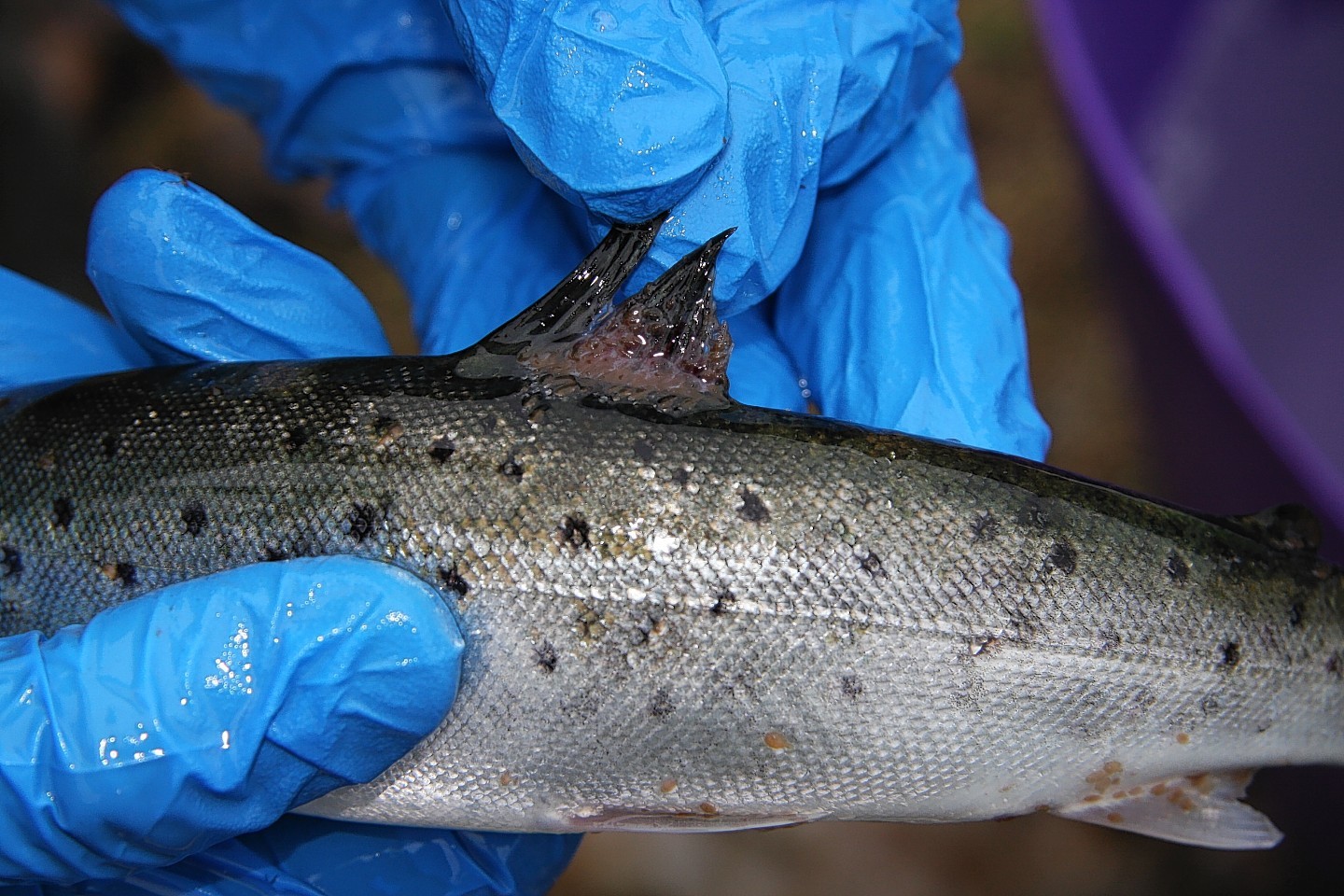Innovative technology used to combat the scourge of sea-lice on Scottish salmon farms has been blamed for the deaths of nearly 6,000 fish at a site in Shetland.
The salmon at North Havra, owned by Norwegian-owned Grieg Seafood Shetland (GSS), were given the “Thermolicer” hot water treatment.
But instead of just eradicating any sea-lice, the process killed 5,794 fish and led to Grieg launching an investigation into the “unexpected mortality”.
According to salmon farming arch critic Don Staniford, the Thermolicer system – developed in Norway – is behind tens of thousands of other deaths on fish farms around Scotland.
“The Thermolicer sucks and kills,” Mr Staniford said yesterday, adding: “This is the second known lethal incident in Scotland after only six months of operation, with other mass mortalities reported in Norway.”
GSS managing director Grant Cumming said: “Grieg Seafood Shetland is using many alternative methods of treating sea-lice.
“We use these new and alternative treatments as part of our integrated pest management strategy in order to reduce the reliance on traditional medicines.
“This is important to minimise our impact on the environment and to maximise the working life of the medicines by guarding against resistance, while at the same time ensuring our salmon have a good quality of life free from sea-lice infection.
“The salmon at North Havra were treated using a Thermolicer hot water treatment. Unfortunately we had some unexpected mortality during the procedure.”
Mr Cumming added: “We have investigated the reasons behind the event and have altered our procedures to minimise the risk of it reoccurring.”
The Thermolicer works by gently crowding and pumping fish through the machine, where they are exposed to an elevated temperature of a maximum of 34 degrees for 25 to 30 seconds.
Because sea-lice have a low tolerance to temperature change, the higher water temperature kills them off.
Responding to national media reports of thousands of fish being “poached alive” at one of its Scottish fish farms last year, industry giant Marine Harvest said the stories were a “gross exaggeration and completely misleading”.
It added: “The Thermolicer has been rigorously tested over a nine-year period and is recommended by the Norwegian Veterinary Institute. The machine has safely treated hundreds of thousands of tonnes of salmon in Norway and Scotland.
“It is extremely regrettable we lost fish at Greshornish which we believe was the result of treating fish that had been weakened from other treatments, particularly for amoebic gill disease, in the preceding two months.
“The Greshornish experience has understandably raised much internal and external discussion. In particular, it highlights the fine line in judgement required on how and when we treat our fish stocks. We aim to prevent this happening again by raising awareness with staff and increased training.”










